Insulation Tips
Replacing Old House Insulation with New
Not all old homes are insulated and the state of the insulation of houses that were insulated many decades ago can vary a lot. The state of the insulation depends on a number of key factors, not least the type and quality of the insulation that was initially installed, and then what the insulation has been exposed to in the time since.
Is it time to replace your insulation?
If you’ve ever stuck your head up the ceiling manhole and looked into the ceiling space of an old home, you may not even have recognised that the stuff lying between the ceiling joists was even insulation. Fibreglass, also known as glasswool, has been and remains a very common material used in the manufacturing of house insulation. The key ingredients used in the production of glasswool are recycled glass bottles and sand. (A handful of other ingredients are also used in the mix.) Old fashioned glasswool insulation often contained long shards of thin glass, which were extremely irritating when they came into contact with the skin.
Even though insulation doesn’t go off, over time there are certain circumstances which can impact on its performance within the roof, walls and even underfloor of the house. One of the things that can be the most detrimental to the effectiveness of house insulation is water damage. A roof leak left can go unnoticed for a period of time. Insulation can, unfortunately, increase the time it takes before a leak is discovered as it is absorbent and soaks up the water before it can be detected visibly.
Insulation loses its effectiveness over time
Wet insulation should always be removed. Besides the fact that the insulating properties are as good as gone, (since the air cavities are filled with water), the presence of wet insulation material is a recipe for mould and the issues that come with it. Ensure that the ceiling area is thoroughly dried out before replacing any wet insulation with new dry insulation.
Insulation batts are naturally springy and if compressed over a short time will generally bounce back to their original thickness. However, if the ceiling has been used as a long term storing space and heavy items have been lain on top of the insulation batts, pressing them down, the insulation may have compressed permanently, i.e. will not recover back to its full thickness. The result of this is a reduction in r-value since the volume of the air cavities within the insulation has been reduced. These air cavities are the secret of the batts’ effectiveness and are essential for optimal insulation performance.
Storing items in your roof
If you are planning to use your ceiling space as storage, it’s recommended to place items across the rafters, rather than between them. Additionally, if the thickness of the insulation exceeds the depths of the ceiling joist, (which will often be the case with high R-value ceiling insulation batts), consider putting a frame of sorts on top of the rafters to create extra clearance.
Vermin such as rats, mice and possums are generally not attracted to insulation. However, history has shown that some vermin, for want of better options in the neighbourhood, may accept house insulation as a nesting place. This would be another reason for insulating an old house.




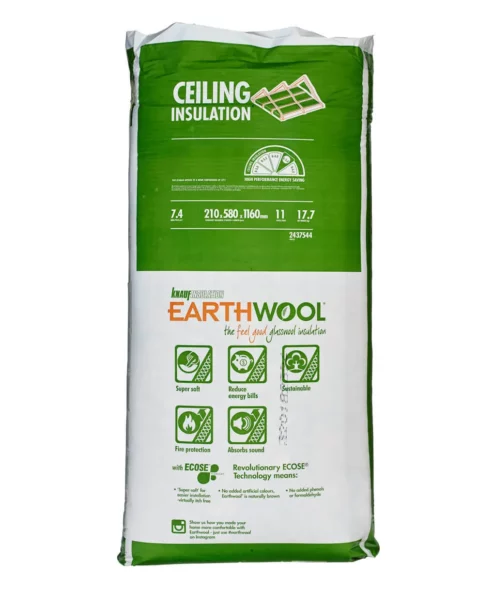
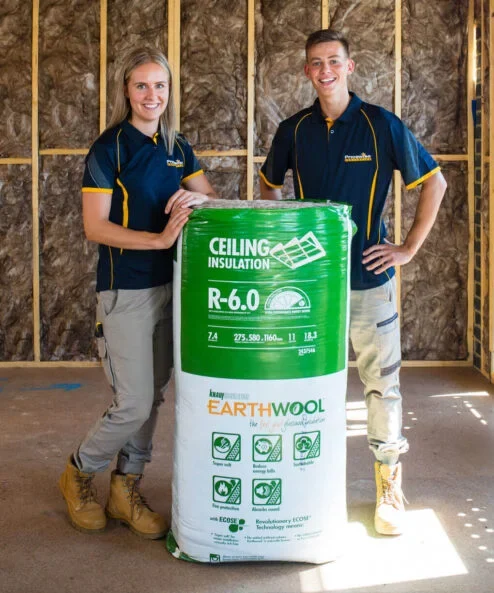
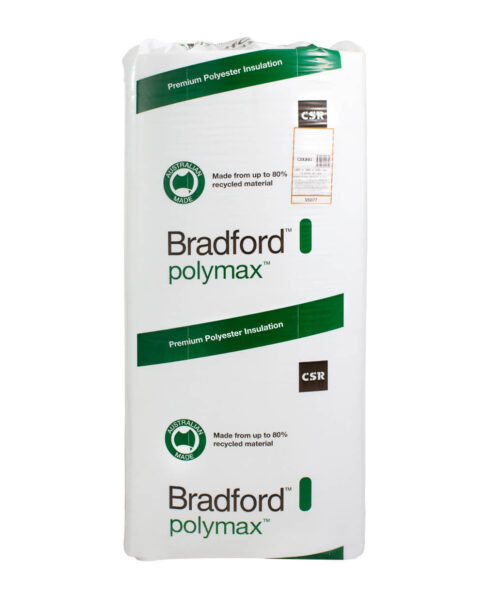
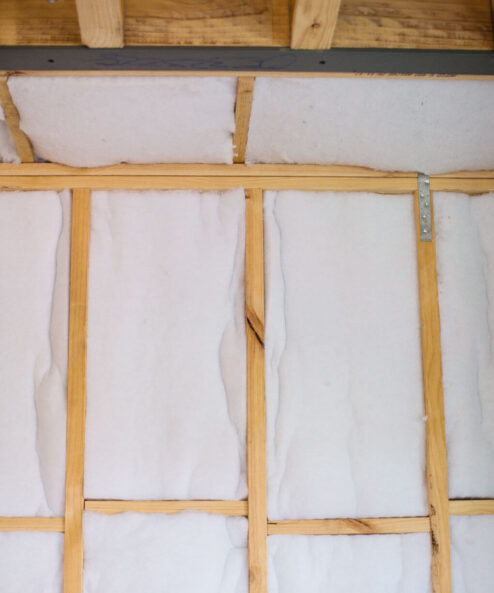
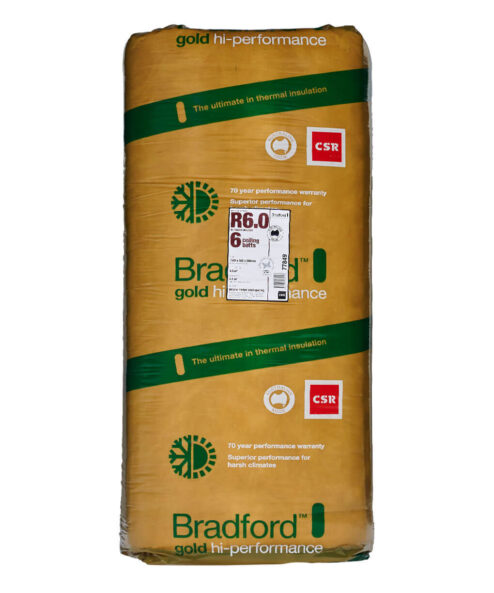
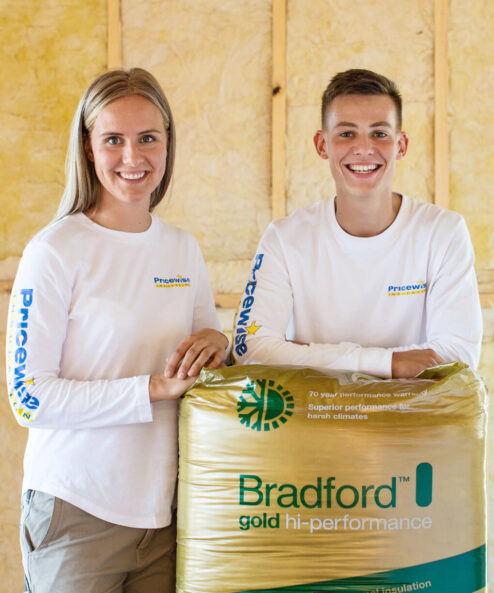
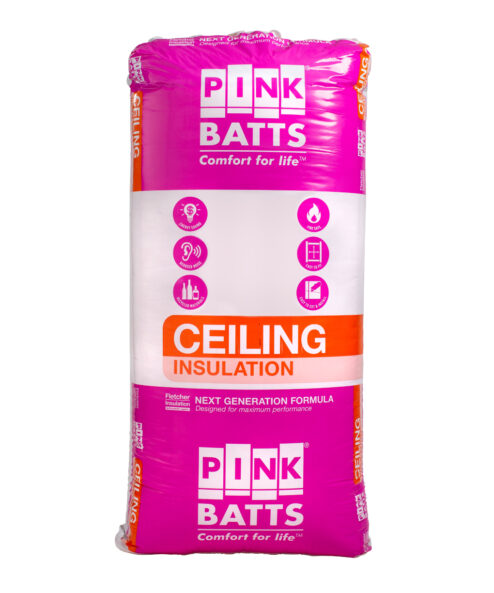
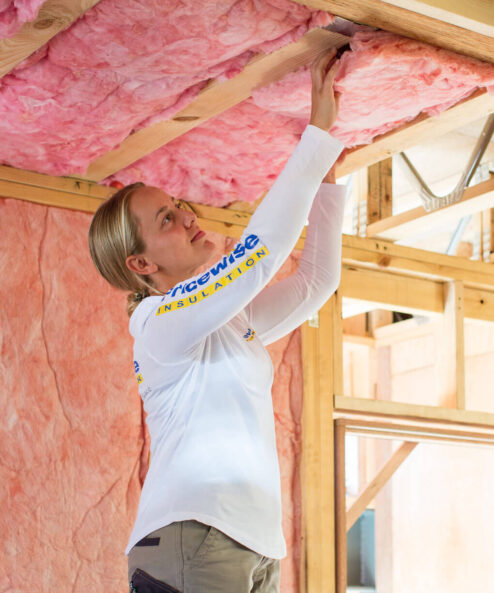
Removal of blow in and installation of batts and a wirly bird
Hi Sara,
Thank you for your comment. If you live in Melbourne or Sydney then we would be happy to provide you with a recommendation for a insulation removalist and retrofit installer. Please give our team a call on 1300 729 639 or email sales@pricewiseinsulation.com.au.
Cheers!
Pricewise Insulation
Hi I need to remove previous insulation and do new one. House is approximately 18 sqrs. In hoppers crossing 3029. How much?
Hi Binesh,
Thanks for your question. Someone from our team has reached out to assist you with this. We have our own team in Melbourne who can organise the removal of old insulation and the installation of new Knauf Earthwool Insulation Batts. Feel free to contact us on 1300 729 639 if you have any further questions.
Cheers!